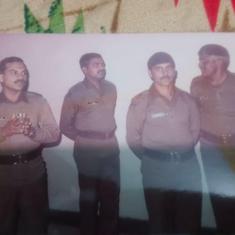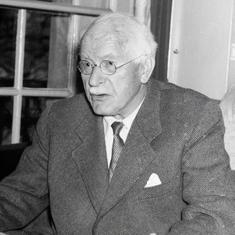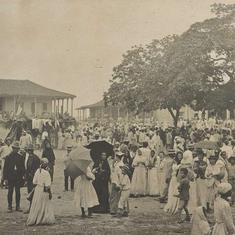This IIT engineer's space-age transport idea could help solve all your traffic woes
India no longer lives in its villages. Every year, millions of Indians move into urban areas and our existing cities grow, putting pressure on the existing infrastructure. Roads are clogged, train systems are overcrowded and there's barely enough place to build alternative platforms. Ankur Bhatnagar, an engineer from IIT Roorkee and the vice president of SkyTran, thinks,he has a solution of emerging traffic problems in India and other nations. His company has developed a “third generation” Personal Rapid Transit, that looks like a small capsule train running on low-cost elevated tracks. It's called SkyTran, and it can travel at up to 240 km/h, reportedly at a cost of merely $3 million per kilometer, which the makers say is cheaper than bus or metro systems.
According to Economic Times, Bhatnagar is a co-founder of the company, which is headquartered at NASA Ames Research Center. The technology has recently gained prominence because Google creator Eric Schmidt has invested in the SkyTran. Bhatnagar told ET that Schimidt has invested through his venture capital fund, Innovation Endeavours. The technology is scheduled to be launched in India after Tel Aviv in a few years.
But, this is not the first time a small transit system has been experimented with in India. Take the example of Mumbai's mono rail, which amidst extreme media attention, has failed to attract commuters. SkyTran's approach seems similar, using overhead lines and a maglev system to move individual pods through cities, although the makers claim it will be much more cost effective.
Though SkyTran is low on foot-prints and promises to deliver fast commuting, the size of the SkyTran is still small and this could be a major factor for Indian market. As Sanders makes it clear in his statement that SkyTran is not trying to get people out of buses but get them out of their cars, the size of SkyTran would still be a major issue since majority of Indians who use public transportation, rely on larger public transit like Metro trains and buses.









